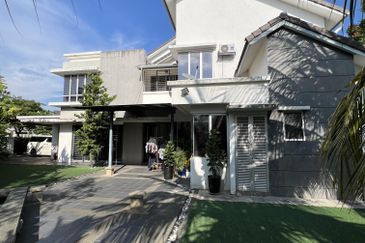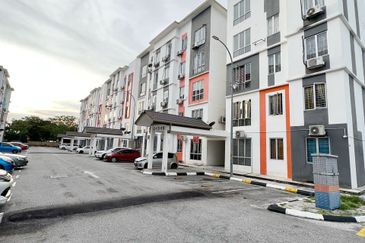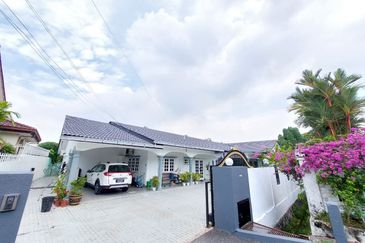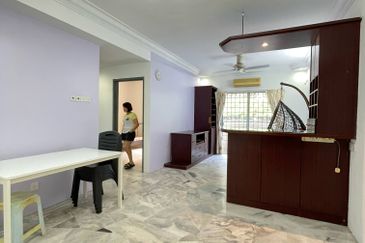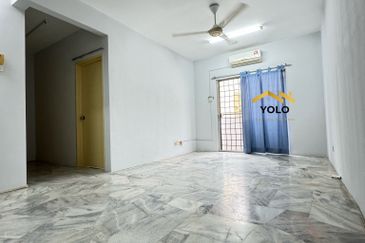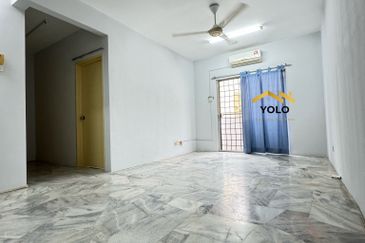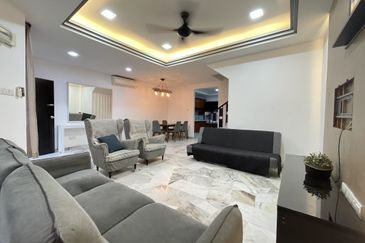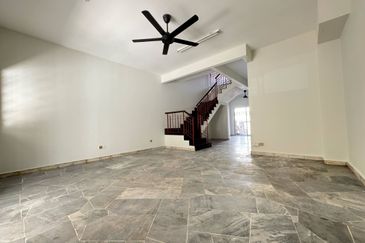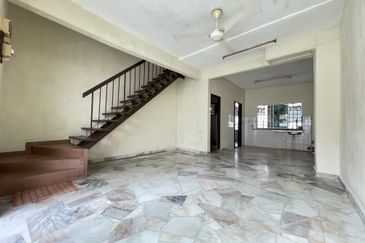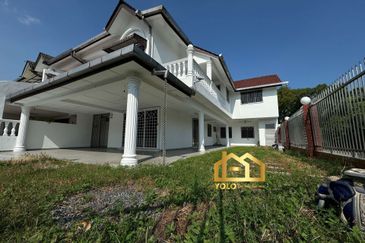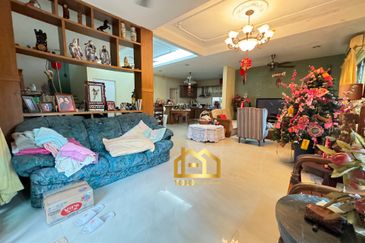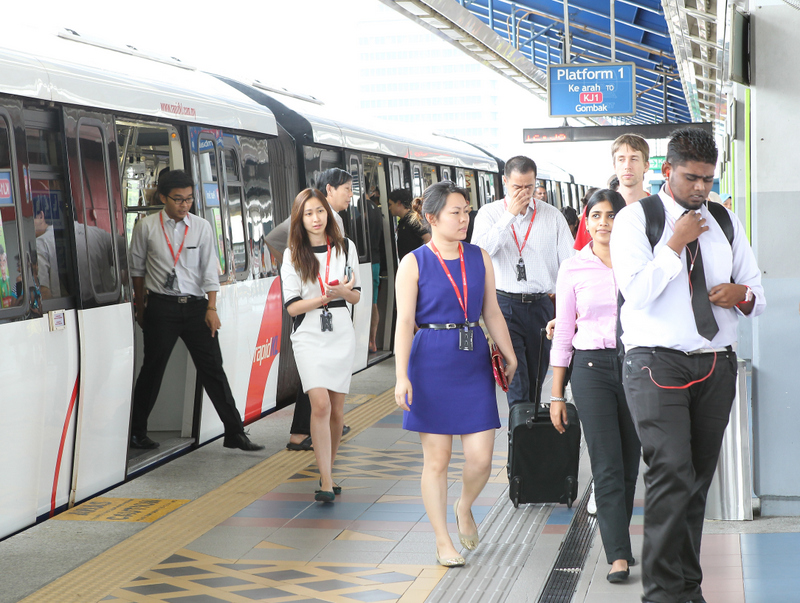
PETALING JAYA (July 13): While the government’s decision to drop six stations from the LRT3 may have caused a stir among the public, property consultants reckon the effects of the move is not significant and prices of properties along the scrapped stations will not tumble.
To save costs, the line is going back to its original alignment and is bidding adieu to six stations – Tropicana/Lien Hoe in Petaling Jaya, Temasya in Glenmarie, Persiaran Hishamuddin and Seksyen 2/SIRIM in Shah Alam, and Bukit Raja and Bandar Botanic in Klang.
Other measures include the cancellation of a 2km tunnel together with the underground Persiaran Hishamuddin station, as well as extending the timeframe to complete the project to 2024 from 2020.
Nawawi Tie Leung managing director Eddy Wong believed that the government has done a cost-and-benefit analysis, which showed that removing these stations will not have a huge impact as these areas may not have a lot of commuters.
“I would say that the scrapping out of the six LRT stations will have an impact, but what we need to look at is the magnitude of the impact. The stations are not built yet [so it is not physically there], it is not like the stations were built and then now taken out,” he tells EdgeProp.my.
Malaysian Institute of Estate Agents (MIEA) president-elect Lim Boon Ping concurs that the shelving of the six stations will not cause a tumble in property prices, but it will disappoint the local communities who were looking forward to having a station near their homes.
“It won’t have a big impact as it’s not something which is already built and being removed. Furthermore, people who want to use the LRT will still have other options, such as going to another station or choosing the park and ride,” he adds.
… But new launches that ride on the LRT 3 effect will be affected
Having said that, Lim noted that new launches close to these stations that are riding on the LRT3 development in their marketing campaigns will be affected by this announcement, he said.
Metro Homes Sdn Bhd director See Kok Loong agreed, adding that that the removal of these stops will have a direct impact on the adjacent projects that cater toward the rental market, especially those in the mid-range segment.
“[For the properties that were banking on the stations], it means they have lost a unique selling point and thus their prices might adjust accordingly in the secondary market,” he continues.
High-end developments, on the other hand, will not suffer as much as their occupiers are mainly families that travel with their own vehicles, he added.

Impact on housing price?
As for its impact on the housing price, Wong from Nawawi Tie Leung reckoned that it depends on the distance between the homes and the LRT station.
“Usually, a 700m to 800m is the average distance one will be willing to walk to reach the station, so properties around here will be impacted more in terms of price.
However, what these properties really lose are their potential gains – which range from about 5% to 10% – from their proximity to the stations. “So, what we will see is just that there will not be a capital appreciation of 5% to 10% for the properties surrounding these stations,” explains Wong.
Rahim & Co International Sdn Bhd (Petaling Jaya) director Choy Yue Kwong opined that the cancellation of the six stations will not have significant impact on the housing prices and demand along LRT 3, as it is not a terrible inconvenience.
“The distance between each station is not too far away. It may be a bit inconvenient for the residents who [were to] stay close to these stations – for instance, within 200m [previously], but they can still access public rail transport,” he explains.
Meanwhile, See from Metrohomes said that the delay in completion of the LRT3 project will impact the surrounding property prices due to the prolonged construction works and noise pollution.
Last mile connection is key
Rahim & Co’s Choy opines that the key to the LRT3’s popularity is the last-mile connection. “If the shuttle bus system could be improved and well-coordinated to shorten the waiting time, people will be more willing to take public transport than drive.”
Choy revealed that he himself has tried to take LRT for lunch meetings in Kuala Lumpur city centre to save time and reduce the hassle of traveling in the city.
“The experience is good, I could predict the arrival time without worrying about the traffic condition. This mode [commute to work using rail transportation] will be the future trend for the public, regardless his/her income level or position in the company,” he said.
Hence, he believed that housing developments which are located close to rail transportation systems will be one of the pull factors that attract buyers, especially for existing completed residential properties.
“Although six stations have been shelved, as long as the provision or flexibility for future extension is still there, I believed it will not have a significant impact to the existing developments along LRT3,” he noted.
Metrohomes’ See points out that the plot ratio of commercial developments near these scrapped stations will be reduced to regular level, which will have major implications for planned developments that have not yet obtained approvals from the authorities.
According to Selangor’s Transit Oriented Development (TOD) plan, commercial developments within 400m from transit stops are allowed a higher plot ratio of up to 1:8, from the regular 1:3 or 1:4.
“Going forward, developers would need to plan their projects carefully. Solely relying on one key factor which might not materialise could backfire,” added See.
TOP PICKS BY EDGEPROP
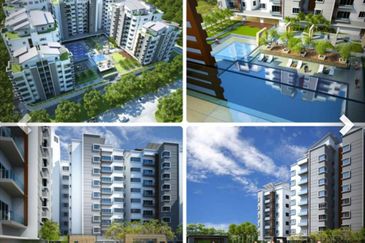
8 Petaling
Bandar Baru Sri Petaling, Kuala Lumpur
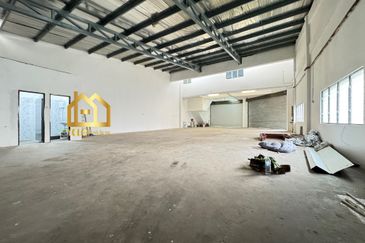
Subang Hi-tech Industrial Park
Subang Jaya, Selangor
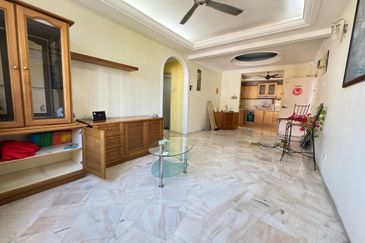
Sri Pinang, Bandar Puteri Puchong
Puchong, Selangor
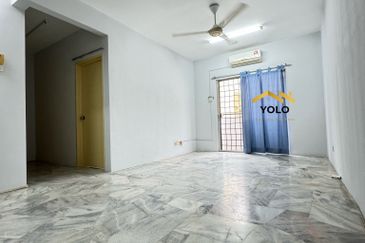
Pusat Bandar Puchong
Bandar Puteri Puchong, Selangor
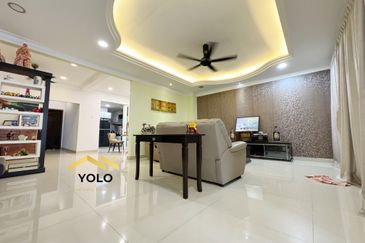
Taman Wawasan, Pusat Bandar Puchong
Puchong, Selangor
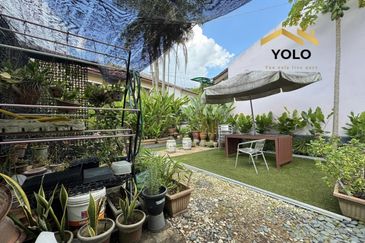
Taman Wawasan, Pusat Bandar Puchong
Puchong, Selangor
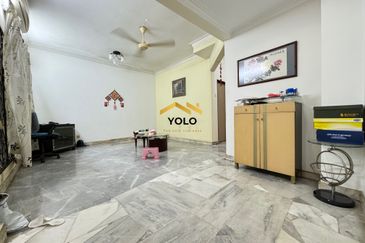
Taman Wawasan, Pusat Bandar Puchong
Puchong, Selangor


